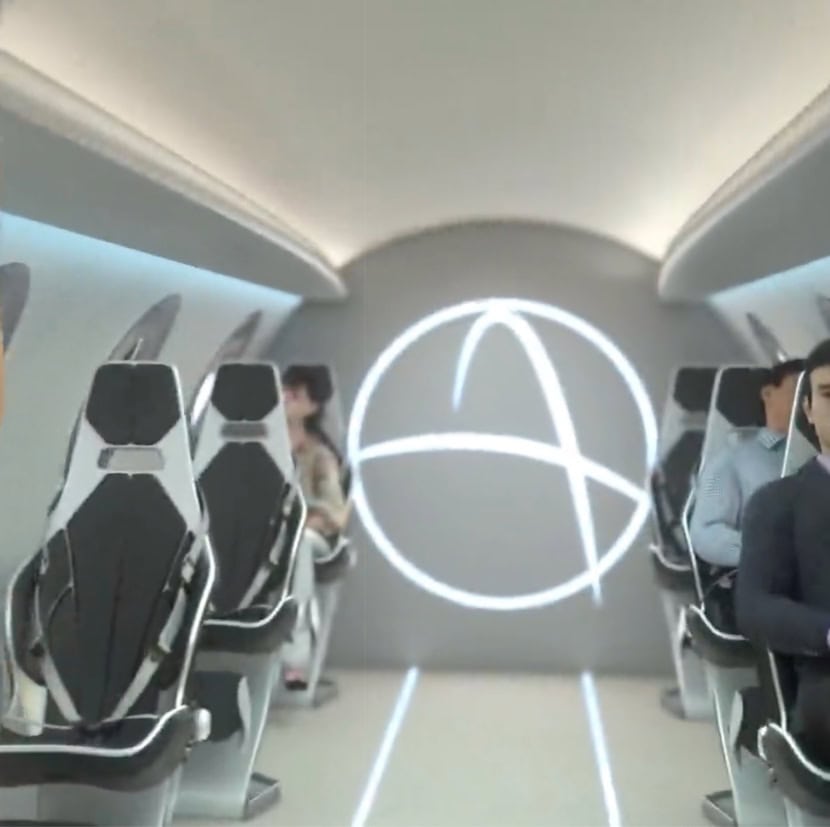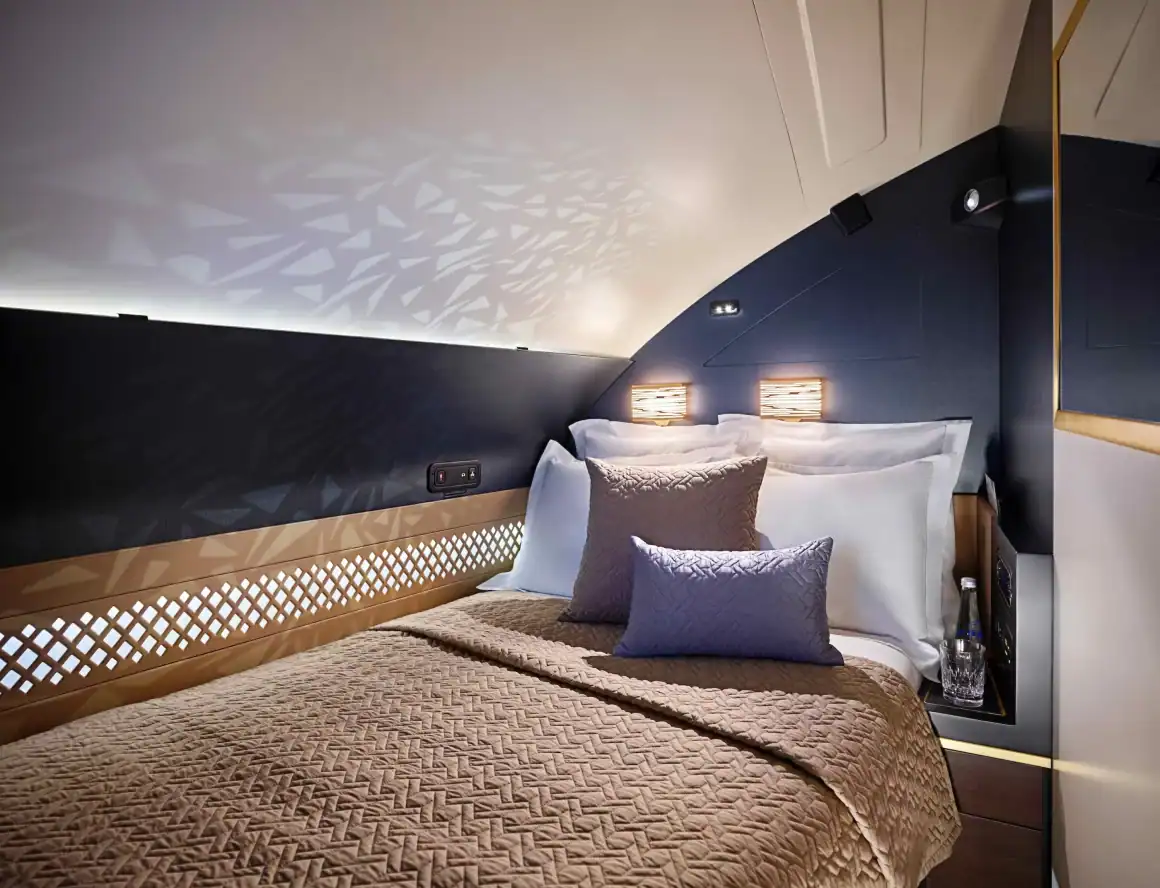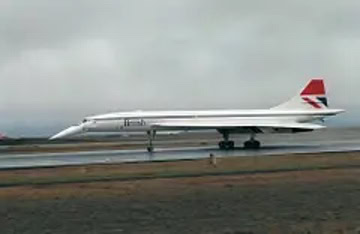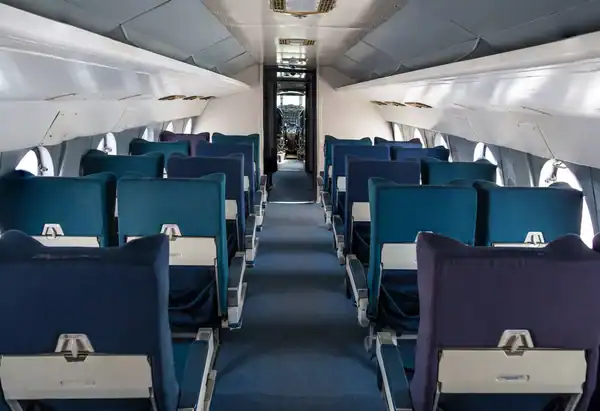Imagine flying from Beijing to New York City for lunch and returning to China in time for dinner. This might seem hard to imagine, but a Chinese company has plans to make it possible with supersonic travel as early as 2027.
On 27 October 2024, the Chinese company Space Transportation, also known as Lingkong Tianxing Technology, reported it conducted a successful test flight of its Yunxing prototype plane. The company claims the aircraft will be able to fly at speeds of about 3069 miles per hour or Mach 4, far exceeding the target Mach 1.5 speeds of the planned Boom supersonic jet.

Space Transportation plans for the Yunxing to be the first supersonic commercial airliner since the Concorde to provide supersonic travel and that it will fly significantly faster than the Concorde’s maximum speed of about 1250 miles per hour or Mach 2.
Design Challenges for the Yunxing
Space Transportation has not released many details about things like the size and passenger capacity of the Yunxing but did state that it will have an all-composite structure. It also announced that the aircraft will have some unique capabilities for a passenger jet, like having vertical takeoff and landing capabilities and flying at about 65,000 feet.
On 30 October, Space Transportation said that it tested the aerodynamics, thermal protection, and control system of the new aircraft and that it “successfully withstood the extreme conditions during the test flight.” The company was also able to examine the flight controls, avionics, and structural strength of the prototype.
Space Transportation will face some technical challenges with supersonic travel, and none might be more difficult than kinetic heating. Supersonic aircraft face kinetic heating caused by friction from the air. During flight, the Concorde, for example, would heat up to about 266 degrees Fahrenheit at its nose and 199 degrees at its tail. The heat would also cause the airframe to expand nine or ten inches, a process known as thermal liner expansion.
Space transportation will certainly have to account for this with the expected higher supersonic speeds of the Yunxing.
Buffeting at high speeds will be another challenge Space Transportation must face before it can return to supersonic travel. Chinese researchers are working on this. As aircraft reach and exceed the speed of sound, shock waves develop which can reduce lift and cause dangerous vibrations.
Scientists from Northwestern Polytechnical University in China are working on a concept to incorporate holes into wing designs. The holes would diminish the shock waves and vibrations and result in improved aerodynamic efficiency.
Funding and Bold Claims
Space Transportation has attracted investors interested in the Yunxing project and supersonic travel, pulling in $76 million in recent years from Chinese state-owned companies and private corporations. The company is not afraid of making bold claims about the project.
A 2021 press release from Space Transportation stated they were the “only high-tech enterprise in China that is engaged in the research and development and application of commercial hypersonic flights.”
While this sounds impressive, it is not technically correct, as the definition of “hypersonic” is a speed that exceeds five times the speed of sound.
Despite Space Transportation’s claims, other companies have begun to show interest in developing their own supersonic commercial aircraft, including Boeing, Hermeus, and Boom Supersonic. Boom is working on its XB-1 with the goal of providing supersonic travel.
Concorde Set Early Standard in Supersonic Travel
The Concorde was the first commercial jet to offer supersonic travel and made flights, usually between Paris, London, and New York, from 1976 until 2003. It carried 92 – 128 passengers and nine crew members. Space Transportation has not provided details on how many passengers the Yunxing will carry.
The airlines operating the Concorde, British Airways and Air France, retired the aircraft in 2003. While they sold enough tickets to keep up with day-to-day expenses for their regular flights, they faced higher costs from modifications such as adding Kevlar linings to fuel tanks, reinforcing electrical wiring, and adding new tires and anti-skid components.
The Concorde also saw a steep reduction in numbers of passengers following September 11, 2001, and was limited to flying mostly over water to avoid creating sonic booms near populated areas. All of this combined to make the aircraft too costly to continue its commercial flights.
Supersonic Travel Versus Luxury

Space Transportation estimates passengers will pay between $20000 to $30000 to fly one-way on the Yunxing. It used to cost about $12000 for a round-trip ticket on the Concorde between London and New York. This brings up questions of why people would choose supersonic travel on the Chinese aircraft, especially considering some of the more comfortable, less expensive, but luxurious options available for first-class travel.
Space Transportation has released images of what the interior of the Yunxing will be like, and it does look similar to the Concorde. It appears a bit cramped with not much room to move about during the flight, but if you are traveling at 3,000 mph and getting to your destination in a few hours, does that really matter?
For an example of luxurious travel, ETIHAD, the national airline of the United Arab Emirates (UAE), offers an opulent first-class suite called “The Residence” on its Airbus 380s which is a three-room apartment with living room, bedroom, shower, and butler service. The cost for a round-trip ticket in the “The Residence” from New York to Abu Dhabi is about $25000.

Customers To Determine if Yunxing is a Success
Customers willing to pay a lot for air travel will have to decide between the convenience of supersonic travel versus luxury. That may determine whether the Yunxing will be successful or whether it will eventually fail due to high costs.
The future will tell whether the Yunxing will set a new standard in supersonic travel, or whether it will have a relatively short lifespan like the Concorde. That is if this paper airplane ever becomes reality.


